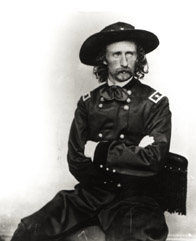SOME GREAT MEN
Some great men rage.
They bawl and yell,
open the doors of their chests
and out spills the universe.
Give me wine, I'll yell and rage too,
I'll cry despair on dirty streets
that have been washed clean
of enigmatic holy luster,
I'll finger my dreams in my pocket
and show you when the coast is clear.
Some great men walk quietly,
they shine like burnished lappis,
they speak with the voices
from the depths of the wellspring.
The world melts through their pores.
I sit for ten thousand years
dressed as a raven tied to a mesa,
and these men whisp away
like the mist on a morning river.
Some great men work in dusty places,
their stories told in epic poems over mashed potatoes,
while the rest of the family
takes their own trips
on oceans of T.V. noise
and cucumbers from the garden.
My hands are their hands,
and I go to wash off the blood and grease
in the still ocean of the world.






